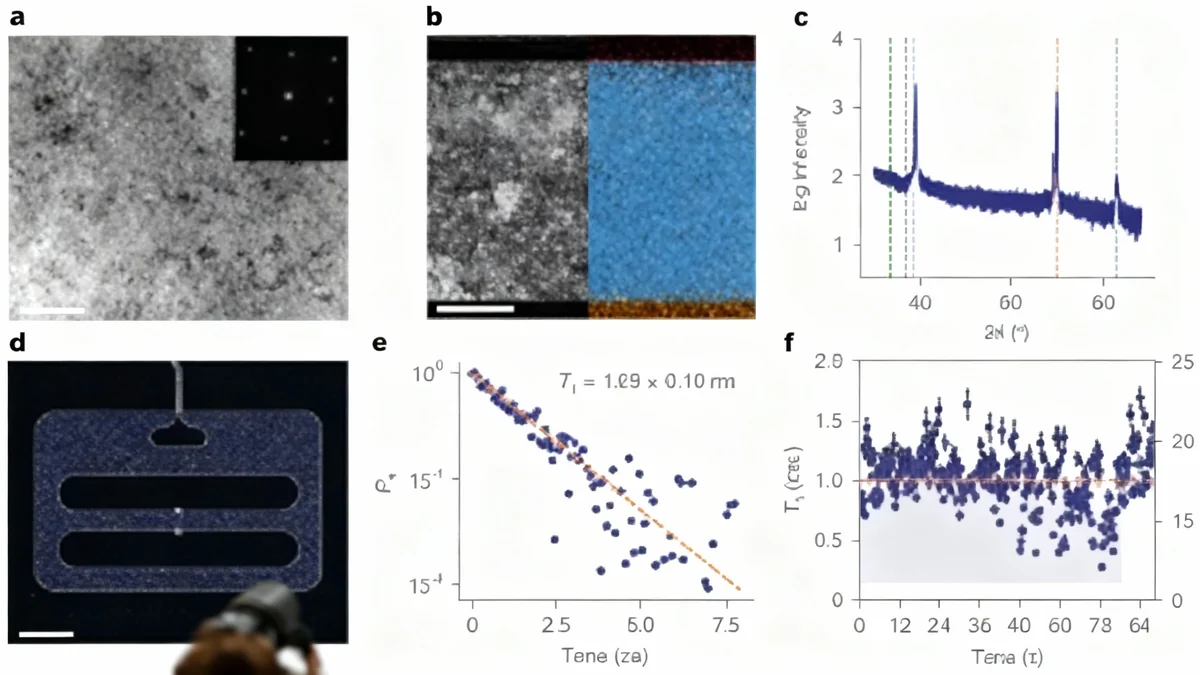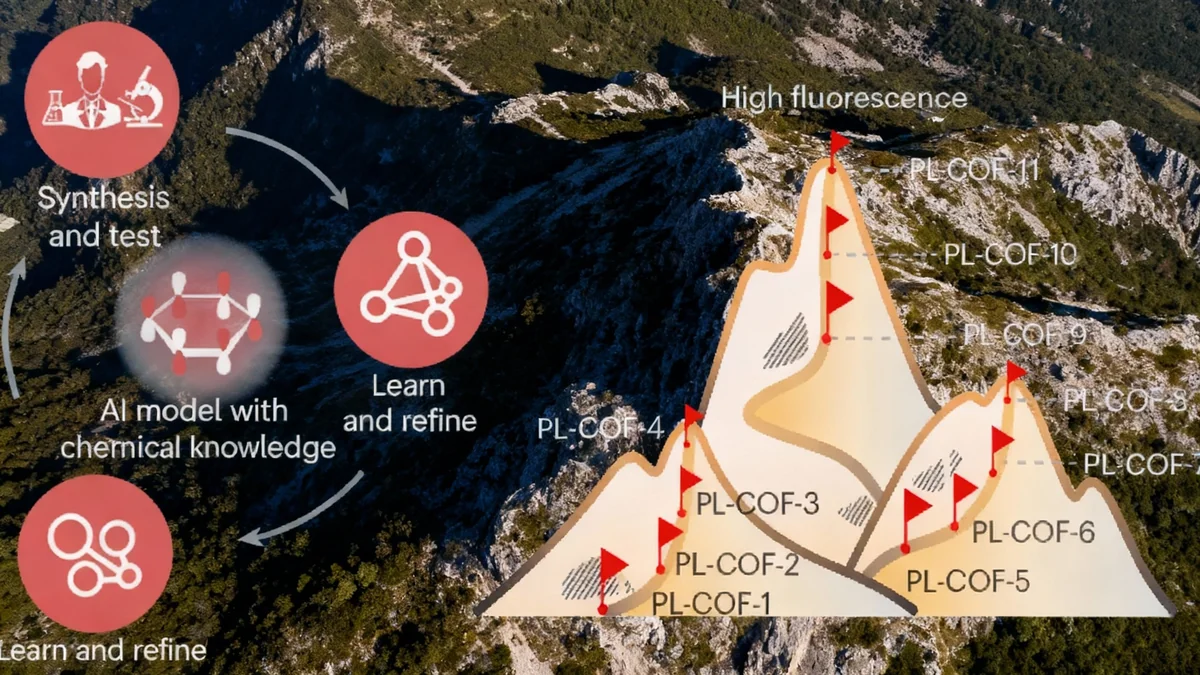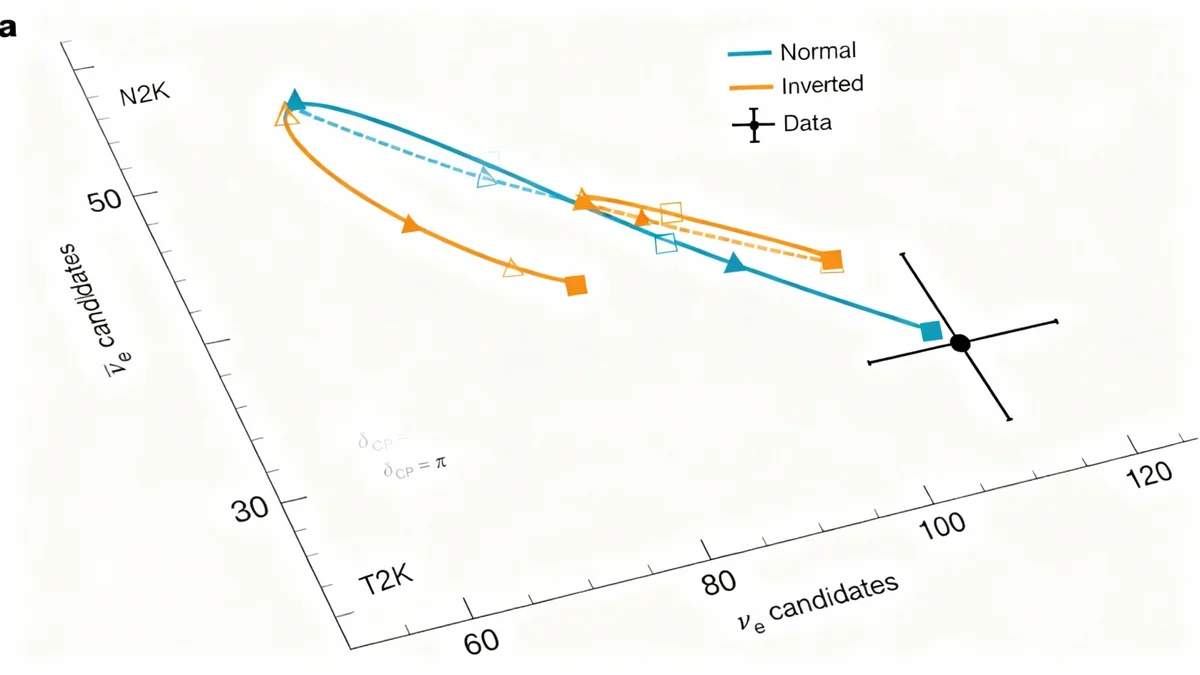Scientists analyzing data from NASA's Cassini mission have identified new classes of organic compounds in ice grains ejected from the subsurface ocean of Saturn's moon Enceladus. The discovery, made by re-examining data from Cassini's fastest fly-by, provides compelling new evidence of complex chemical processes occurring in the moon's hidden ocean, strengthening its potential for habitability.
Key Takeaways
- New organic compounds, including esters, alkenes, ethers, and nitrogen- and oxygen-bearing species, were identified in ice grains from Enceladus.
- The data was collected by the Cassini spacecraft's Cosmic Dust Analyzer (CDA) during its highest-speed fly-by of the moon at 17.7 km/s.
- These findings suggest the molecules originate from hydrothermal vents on Enceladus's ocean floor, rather than from space weathering.
- The discovery enhances Enceladus's standing as a primary location in the search for conditions suitable for life beyond Earth.
Cassini's High-Speed Discovery
A new analysis of data from the Cassini spacecraft has unveiled a more complex chemical environment on Enceladus than previously known. Researchers re-examined measurements taken during the E5 fly-by, where Cassini passed directly through the plumes of water vapor and ice erupting from the moon's south pole. This pass was unique because it was the fastest of all Enceladus encounters, reaching a speed of nearly 18 kilometers per second (approximately 40,000 miles per hour).
The instrument used for the detection was the Cosmic Dust Analyzer (CDA), which analyzed the composition of individual ice grains as they struck its target. According to the study, the high impact velocity created different fragmentation patterns than those observed during slower fly-bys. This high-energy collision broke down the molecules in a unique way, revealing chemical signatures that were previously unseen or masked by other signals.
The Cassini Mission
The Cassini–Huygens mission, a joint project of NASA, the European Space Agency (ESA), and the Italian Space Agency (ASI), orbited Saturn from 2004 to 2017. Its discoveries revolutionized our understanding of the Saturnian system, revealing Enceladus's subsurface ocean and active plumes, and identifying Titan's liquid methane lakes.
A Diverse Chemical Inventory
The analysis identified several new classes of organic molecules, which are the carbon-based building blocks of life. These findings add significant detail to the known chemistry of Enceladus's ocean.
Newly Identified Compounds
The research team successfully identified several distinct groups of organic compounds based on their mass spectra signatures:
- Esters and Alkenes: These compounds are significant in terrestrial biology. Esters are involved in forming fats and oils, while alkenes are reactive hydrocarbons that can participate in a wide range of chemical reactions.
- Ethers and Ethyls: Ethers are found in lipids, which form cell membranes. Their presence hints at potential pathways for creating more complex biological structures.
- Nitrogen- and Oxygen-bearing Moieties: The tentative identification of compounds containing both nitrogen and oxygen is particularly notable. Molecules like amino acids and nucleic acids, essential for life as we know it, contain these elements.
In addition to these new discoveries, the study confirmed the presence of aryl (aromatic) and other oxygen-bearing compounds that had been detected in previous analyses of older ice grains found in Saturn's E ring.
What Are Organic Molecules?
Organic molecules are compounds that contain carbon atoms, typically bonded to hydrogen atoms. They can range from simple molecules like methane (CH4) to extremely complex structures like DNA. Their presence is a key indicator when searching for potentially habitable environments.
Clues to a Hydrothermal Origin
A crucial aspect of the findings is that these organic molecules were detected in freshly ejected ice grains. The material was sampled just minutes after erupting from the subsurface ocean, traveling through fractures in the ice shell known as "tiger stripes." This timing is important because it rules out the possibility that the compounds were formed by space weathering—chemical changes caused by radiation and particle bombardment in space.
The presence of these specific types of organics strongly suggests they were synthesized within Enceladus itself, likely through hydrothermal activity. Scientists believe that on the floor of Enceladus's ocean, hot water interacts with rock, creating a chemical-rich environment similar to deep-sea hydrothermal vents on Earth.
"The detection of organics directly in the plume rules out space weathering as the sole production pathway... the grains are fresh, unaltered and proof of survival through ocean transit and plume emission of compounds, indicative of warm hydrothermal chemistry," the study notes.
This process could provide the energy and raw materials needed to create complex organic molecules from simpler precursors. The detection of compounds like aldehydes and alkenes aligns with models of organic synthesis in such hydrothermal systems.
Implications for Astrobiology
The discovery of this diverse range of organic molecules significantly boosts the astrobiological potential of Enceladus. With a global liquid water ocean, a source of energy from hydrothermal vents, and now an even wider array of organic building blocks, Enceladus possesses most of the key ingredients considered necessary for life.
The CHNOPS Elements
Life on Earth is primarily built from six elements: Carbon, Hydrogen, Nitrogen, Oxygen, Phosphorus, and Sulfur (CHNOPS). With the recent identification of phosphates, five of these six bio-essential elements have now been confirmed to exist in material from Enceladus.
The newly identified esters, for example, are significant. On Earth, they are linked to lipids. When combined with the previous discovery of phosphates, this opens up potential chemical pathways toward creating phospholipids, the molecules that form cell membranes.
While this discovery is not evidence of life itself, it demonstrates that the ocean of Enceladus is a dynamic chemical laboratory capable of producing complex and diverse organic material. These findings will help guide future missions designed to search for biosignatures at ocean worlds, providing a clearer picture of what chemical signs to look for in the quest to determine if we are alone in the universe.





